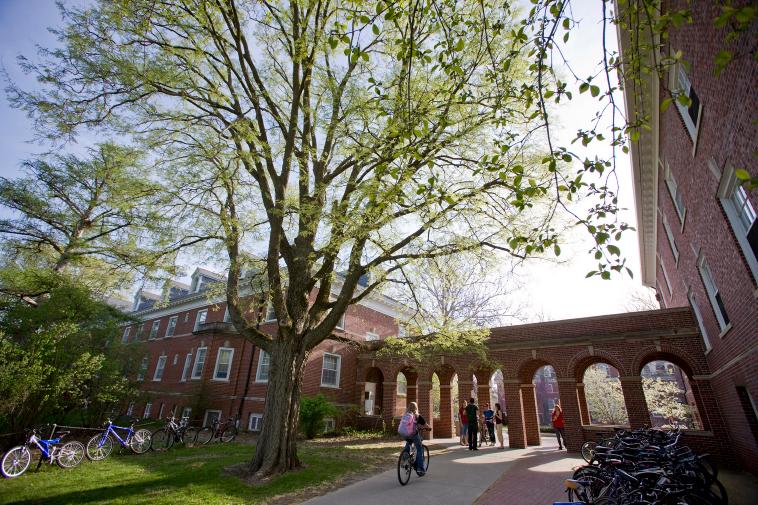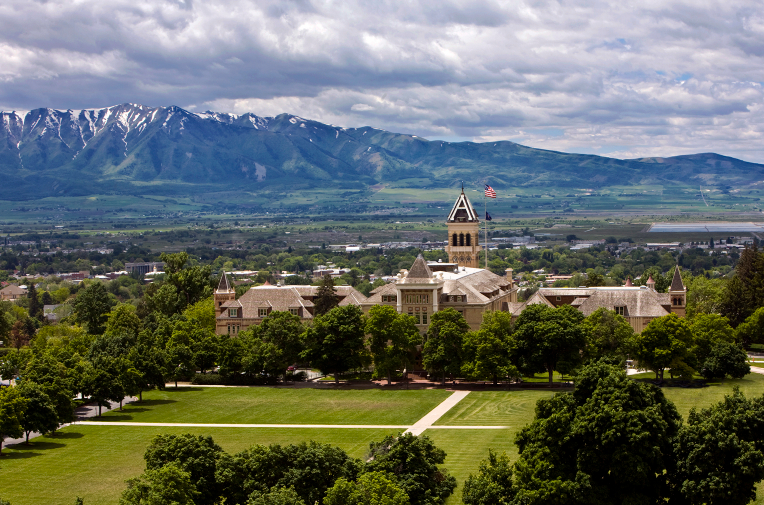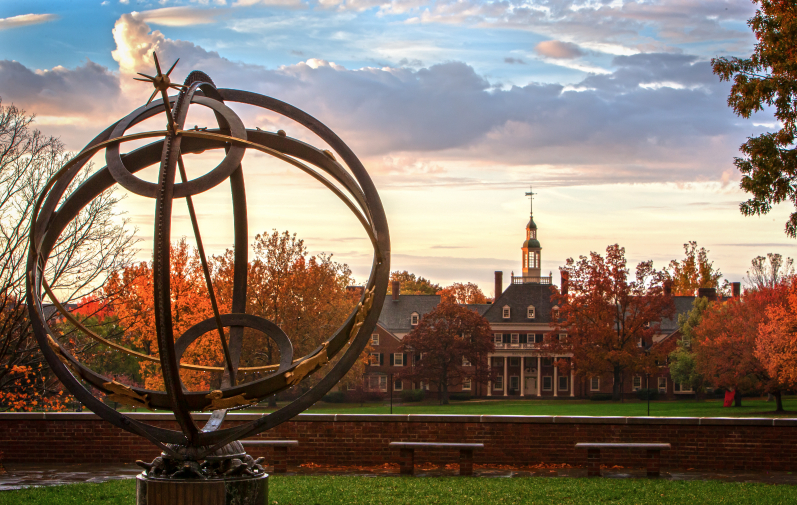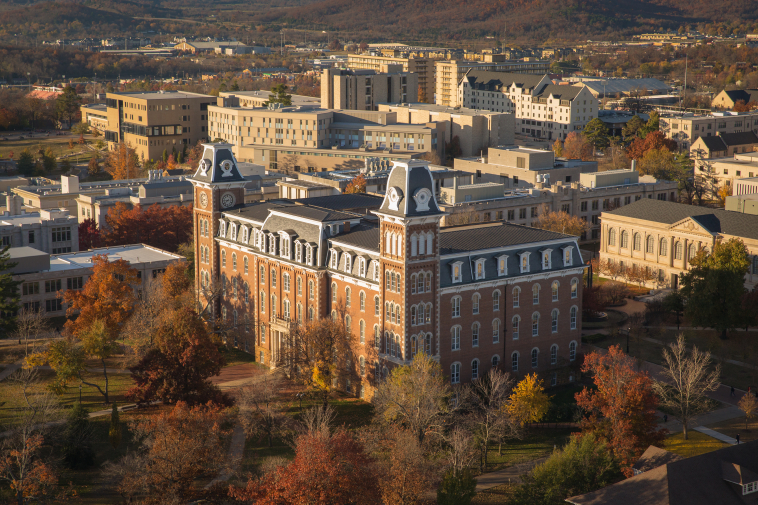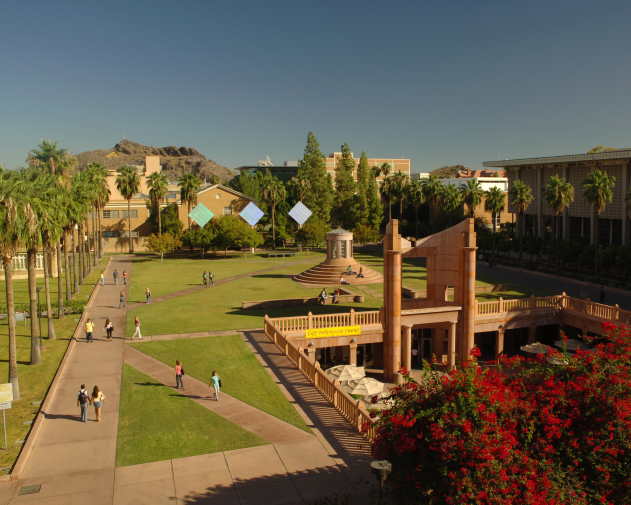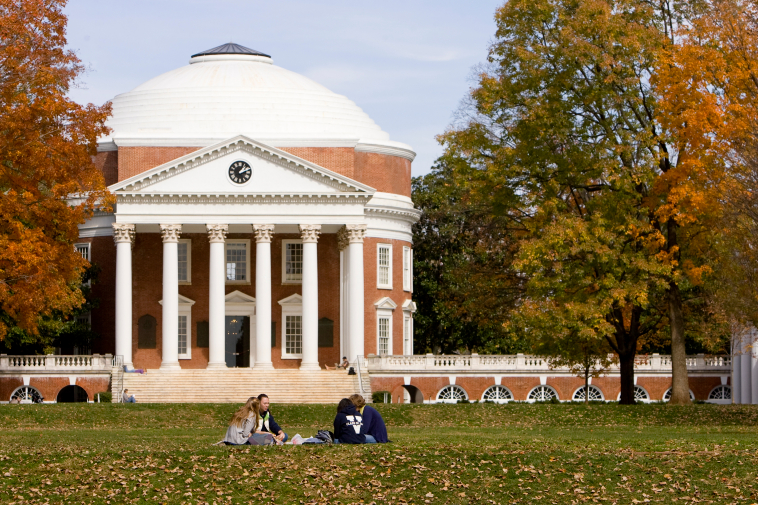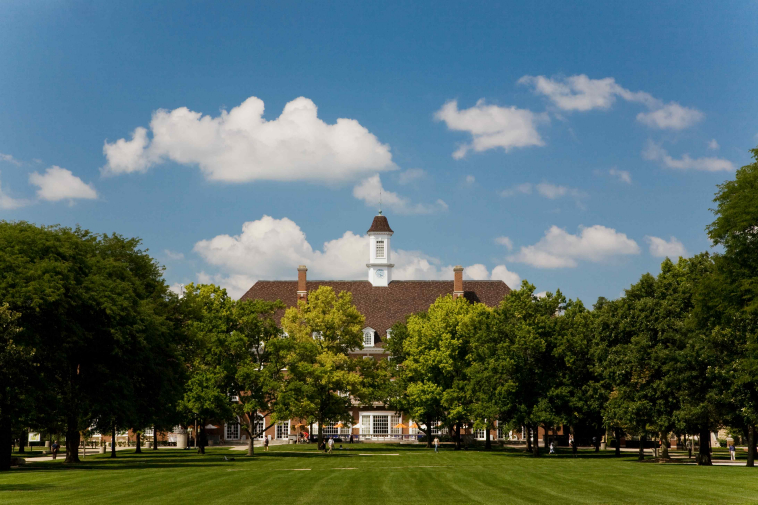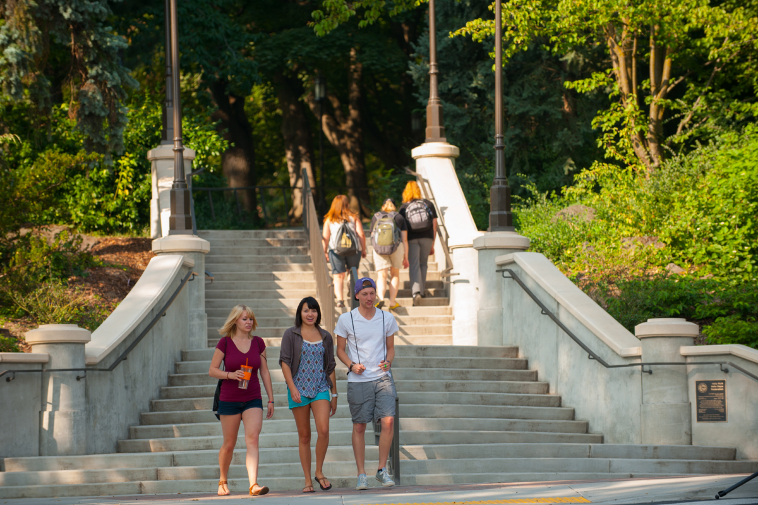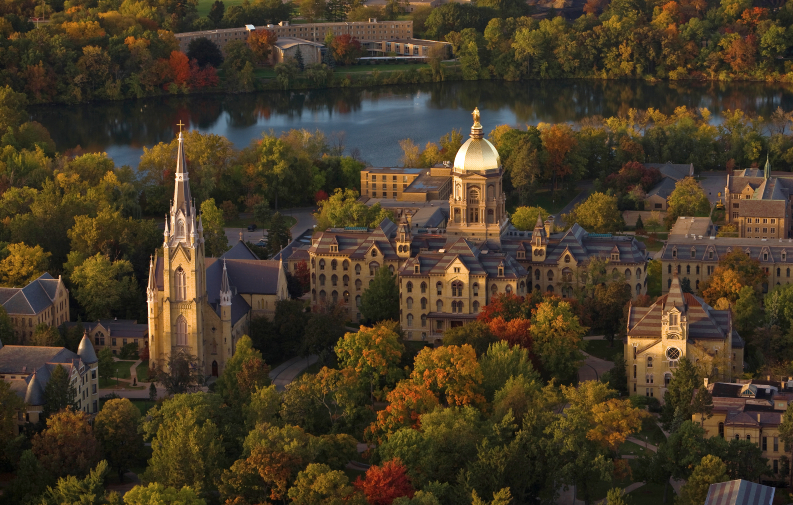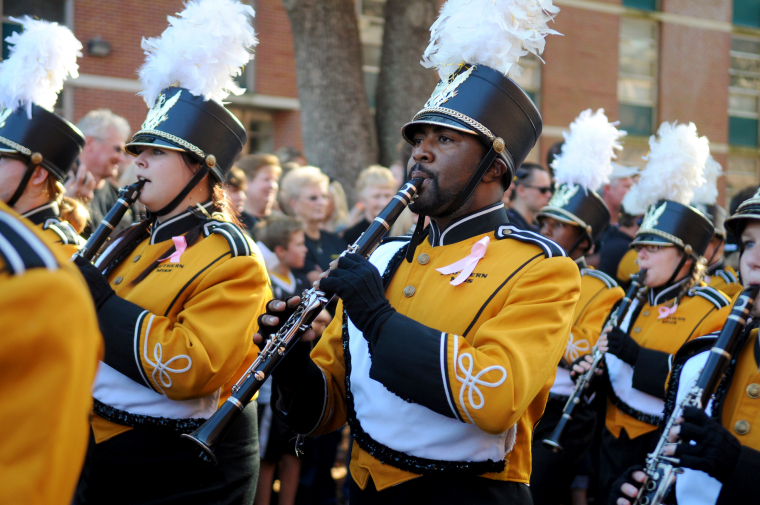UPDATE: Check out our new 2023 Best Cities to Live in the U.S. list.
10 Best College Towns – 2014
Conference rivalries extend to cities and towns.

The atmosphere, scenery and people surrounding a college play a key role in the experience students have while attending classes. While the best colleges equip students for jobs, the best college towns foster creativity, social interaction and recreational pursuits. These benefits extend to more permanent residents, especially recent graduates and young families – and even retirees. Like the universities they host, college towns yield incredibly loyal fans. They’ll boast on and on about their city’s great art scene, diverse economy and the unique traditions that separate it from other towns. Combine a great college with a highly livable city and you’ve got something to cheer for.
NEW LIST: See who made the 2015 Best College Towns.
We know that not all great college towns are football powerhouses. But in many ways, there is nothing more quintessentially “college town” than seeing thousands of students, alumni and fans flowing through town in their home-team colors on a football Saturday. So to create our fifth iteration of the Best College Towns list, we thought we’d take a football-themed approach, both in terms of using the Football Bowl Subdivision cities and in terms of playing off the rivalries that are inherent in college sports. We grouped cities according to how their colleges are divided by the FBS, and we chose the best college town in each division. Also like the FBS, we subbed in South Bend, a high-ranking “independent” city, for a lower-ranking town from the American Athletic Conference. Then we took a data-driven approach to ranking each city.
We calculated livability aspects of our best places to live list, but skewed the list toward measuring the impact these colleges and universities have on their cities and what would make life better for college-aged people. To gauge the impact of the universities, we analyzed the number of jobs in the education sectors and the ratio of stadium capacity to population. We looked for places with housing affordability and a high percentage of rental units. We measured walkability with Walk Score and used Census data to determine the number of bars in each school’s county. We also looked for cities with a high concentration of degree-holders and of 25-to-34 year-olds to see if they were the kinds of cities that students would want to stay in once they graduated.
Finally, we checked out the entertainment scenes, recreational opportunities and cultural amenities these cities had to offer. This included the number of restaurants, music venues and museums as well as bike trails, parks and sports facilities each city has. We also looked at festivals that bring the communities together and the partnerships that exist between the colleges and towns.
What we found were places where the college and city share a synergy that influences the entire community. The cities on this list provide dynamic settings while keeping with the traditions that honor the past.


